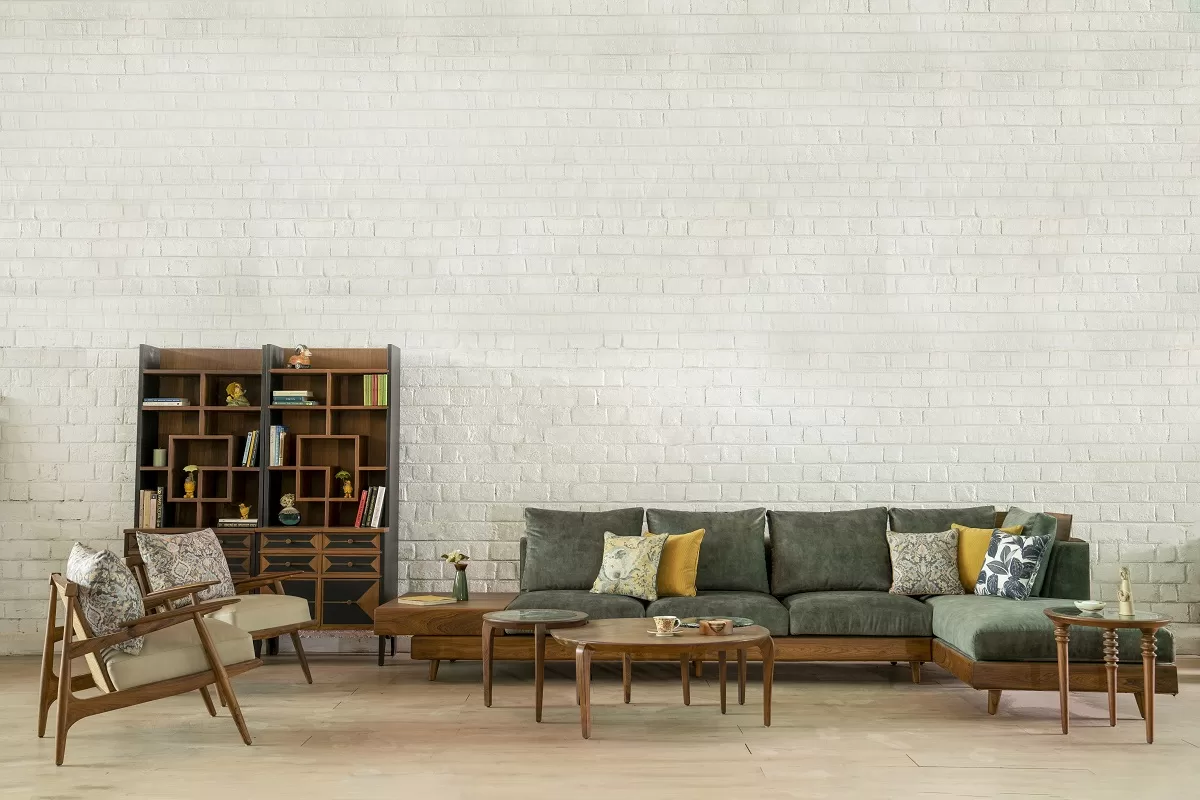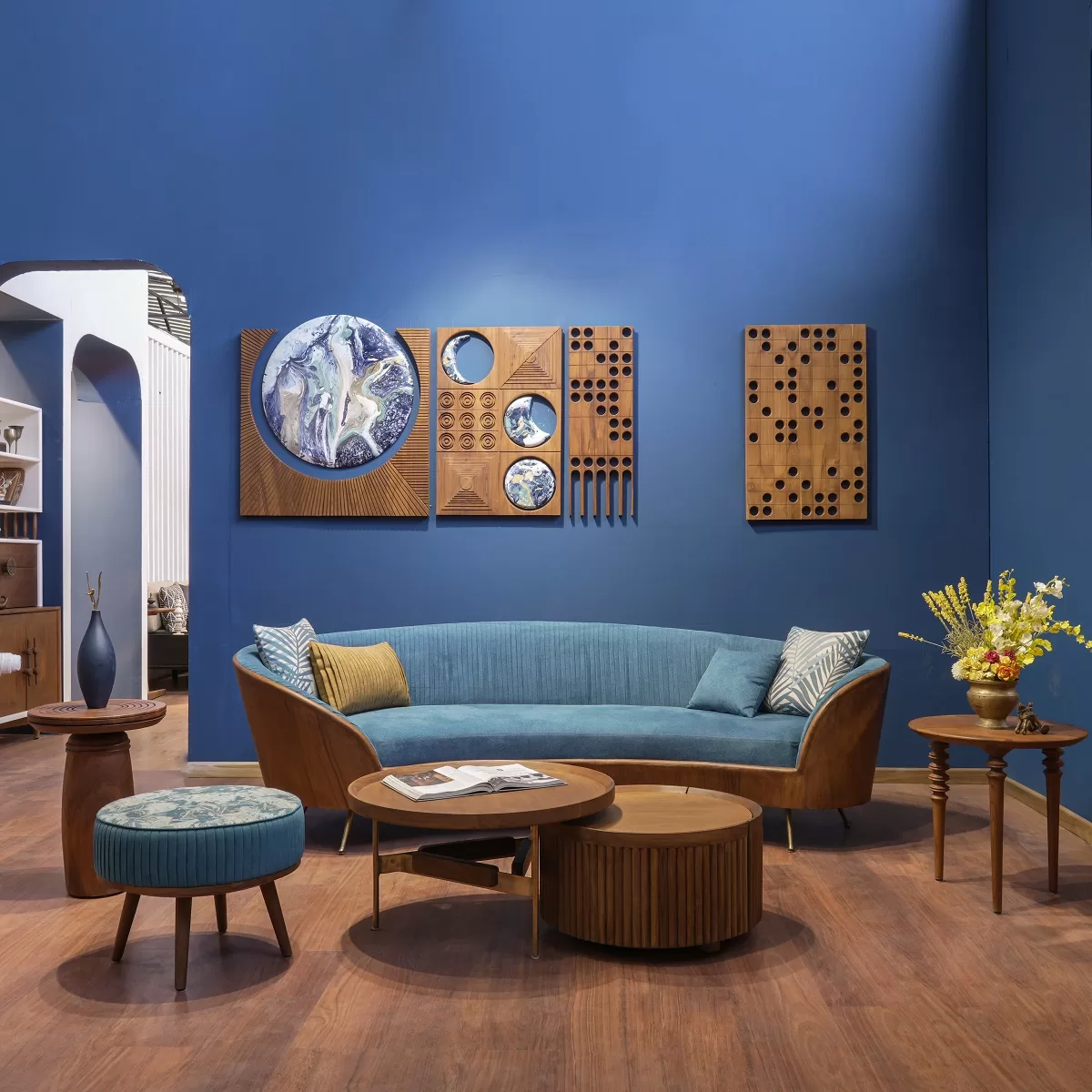As time passes, wooden furniture inevitably experiences wear and tear despite its sentimental value. However, parting with that beloved chair or dining table from your first home is not always desirable. Unfortunately, whether repairing works better for wooden furniture or refurbishing is no definitive answer.
Repairing involves restoring something by replacing or reassembling torn or broken parts to return it to a sound or healthy state. On the other hand, refurbishing focuses on brightening or freshening up something to enhance its appearance or overall condition. Both processes are two sides of the same coin.

Refurbishing furniture involves repairing or restoring it to its original condition. This can be accomplished through cleaning, sanding, painting, reupholstering, or replacing damaged parts. Repairing is an excellent option if you have a sentimental attachment to your furniture or if it is an antique or vintage piece that cannot be easily replaced.
Refurbishing
- Refurbishing and repairing wooden furniture is often more economical than purchasing new pieces, although the cost can vary depending on the extent of refurbishment required.
- Refurbishing allows you to personalise your furniture and give it a fresh new look. You can choose colours and materials that match your taste and complement your decor. Repairing, however, helps fix the targeted problem, such as a scratch.
Repairing
- Repairing and refurbishing furniture reduces waste and minimises the environmental impact of manufacturing new furniture. Solid wood pieces, in particular, can be upcycled or recycled to meet your specific needs.
- Repairing processes include periodic repainting and polishing to maintain its appearance. It is recommended to reapply wax every six months to cover minor scratches and remove accumulated grime for ones that are finished with oil and wax.

If you want to give your wooden furniture a new lease of life, then repairing and refurbishing together are recommended. If you are planning go renovate or decorate your new home or workspace, visit the store in Bangalore or check out the latest collection of Alankaram here: https://www.alankaram.in/.
About Alankaram
Alankaram is India’s leading home-grown furniture design studio that amalgamates indigenous design with contemporary sensibilities. In less than a decade, we have become the go-to brand for those who embrace exclusive quality, informed furniture designs.
AlanKahani- The Alankaram Story
Having garnered extensive experience in the practice of architecture and interior design, urban designer and architect Anupriya Sahu recognised the lack of skilled artisans in the industry and took it upon herself to design and deliver furniture that has indigenous roots but offers exceptional comfort and a luxurious experience. Sahu, along with her husband and marketing professional Dhwanit Parmar, founded Alankaram in 2015. The studio was conceptualized as an interior design practice in 2013, but eventually shifted its focus to manufacturing. It is a combination of Anupriya’s design ingenuity and Dhwanit’s business acumen that made the studio what it is today.
Anupriya Sahu | Co-Founder and Design Head, Alankaram
Under Anupriya’s expert stewardship, a home-grown furniture design studio that started with a small 7,500 sq ft workshop and a handful of skilled artisans has transformed into one of the country’s most extensive solid wood furniture manufacturing setups. With a product portfolio of 600+ unique designs, 2800+ SKUs, a team of 200+ employees, and a 2,00,000 sq. ft. manufacturing workshop dedicated to developing a wide range of inventive furniture, Alankaram strives to redefine the design and decor experience for a discerning audience.
With over a decade of experience, her discerning eye for detail and collaborative work process have led to the creation of state-of-the-art furniture designs. Innovative yet experimental, her design sensibility seeks to push the boundary beyond conventional design and notions of luxury. As a result, Alankaram’s exquisite product range is a blend of cultural insights and fine artistry. Anupriya’s diverse body of work primarily revolves around designing and delivering tailor-made furniture with indigenous roots.



